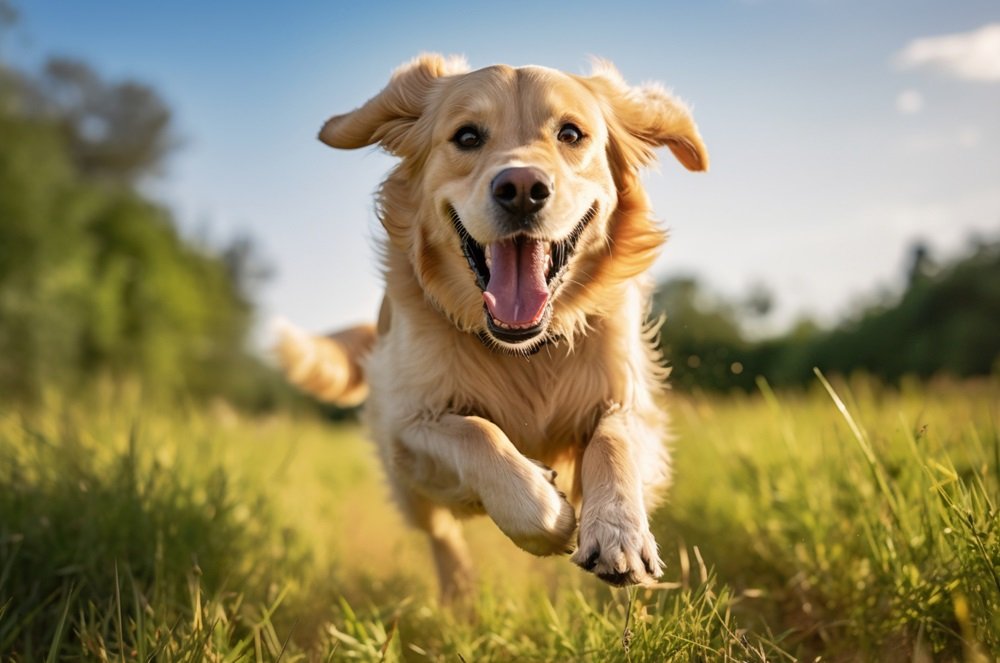Protecting your lawn from the enthusiastic antics of your furry friend can be a real challenge. Dogs love to run and play, and their paws can wreak havoc on even the most resilient grass. A damaged lawn not only detracts from the beauty of your yard but can also become a breeding ground for weeds and diseases.
How to Protect Your Grass From Dog Running
This guide will provide you with practical tips and strategies to safeguard your lawn from the wear and tear caused by your dog’s playful romps.
Understanding the Damage
Dogs’ paws exert pressure on the grass, compacting the soil and damaging the delicate root systems. Frequent running can lead to bare patches, thinning grass, and an uneven lawn surface.
How To Protect Grass From Dog Running
Dogs love to run, and that can take a toll on your lawn. Frequent running can compact the soil, create bare patches, and leave unsightly divots. Luckily, there are several steps you can take to protect your grass from the wear and tear of your furry friend’s playful antics.
Understanding the Damage
Before we delve into solutions, it’s important to understand why dog running can be detrimental to your lawn.
Soil Compaction
The repetitive pounding of paws compacts the soil, making it difficult for air, water, and nutrients to reach the grass roots. This can lead to stunted growth, discoloration, and increased susceptibility to disease.
Bare Patches
Excessive running can wear away the top layer of soil, exposing the underlying thatch and leaving bare patches. These areas are vulnerable to weeds and erosion.
Divots
Dogs often dig or turn with their paws, creating divots in the grass. These holes can disrupt the lawn’s uniformity and create an uneven surface. (See Also: How Long Can You Foster A Dog)
Protective Measures
Fortunately, there are several strategies you can implement to minimize the damage caused by your dog’s running.
1. Designated Running Areas
Create a designated area for your dog to run and play. This could be a patch of gravel, a fenced-in yard, or even a dog park. By confining your dog’s running to specific areas, you can protect your lawn from excessive wear and tear.
2. Turf Reinforcement
Consider using turf reinforcement products to strengthen your lawn. These products can help to prevent soil compaction and erosion.
3. Overseeding
Regularly overseed your lawn to promote healthy grass growth and help it recover from damage.
4. Watering Practices
Water your lawn deeply and infrequently to encourage deep root growth, making it more resilient to compaction.
5. Dog-Friendly Grass Varieties
Choose grass varieties that are known to be more durable and tolerant of dog traffic. Some good options include: (See Also: Do Dogs Pant In Their Sleep)
- Kentucky bluegrass
- Tall fescue
- Perennial ryegrass
Additional Tips
In addition to the above measures, here are some additional tips to help protect your grass from dog running:
1. Trim Your Dog’s Nails Regularly
Long nails can cause more damage to your lawn.
2. Train Your Dog to Avoid Certain Areas
Use positive reinforcement to teach your dog to stay off of sensitive areas of your lawn.
3. Provide Shade and Water for Your Dog
This will help to keep your dog hydrated and cool, reducing the need to run excessively.
Recap
Protecting your grass from dog running requires a combination of preventative measures and ongoing maintenance. By understanding the damage that can be caused, implementing protective strategies, and following additional tips, you can keep your lawn healthy and vibrant while still allowing your dog to enjoy their favorite activity.
Frequently Asked Questions: Protecting Grass From Dog Running
How can I prevent my dog from damaging my lawn?
Dogs can cause significant damage to grass through digging, running, and urination. To protect your lawn, consider designating a specific area for your dog to play, such as a fenced-in yard or a patch of durable ground cover. You can also train your dog to stay off the grass or use a dog-friendly grass seed blend that’s more resistant to wear and tear.
My dog loves to dig in the garden. What can I do?
Digging is a natural instinct for dogs. Provide your dog with designated digging areas filled with safe, appealing materials like sand or loose soil. You can also try redirecting their digging behavior by offering them chew toys or engaging them in interactive games. (See Also: What Does Blood In Dogs Poop Mean)
What are some dog-friendly grass seed options?
Look for grass seed blends specifically designed for high-traffic areas or pet-friendly lawns. These blends often include tough, wear-resistant grasses like Kentucky bluegrass, perennial ryegrass, or fescue.
How can I minimize the damage from dog urine?
Dog urine can burn grass and create unsightly yellow patches. Encourage your dog to urinate in designated areas, and flush the area with water after they go. You can also use a pet-safe urine neutralizer to break down the uric acid in the urine.
My dog’s paws are leaving muddy tracks on my lawn. What’s the solution?
Consider placing a mat or rug near your dog’s entry and exit points to help wipe their paws. You can also regularly groom your dog’s paws to remove dirt and debris. In muddy conditions, consider limiting your dog’s access to the lawn or providing them with designated walking areas.


